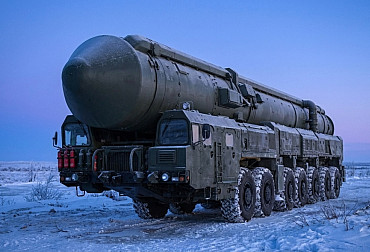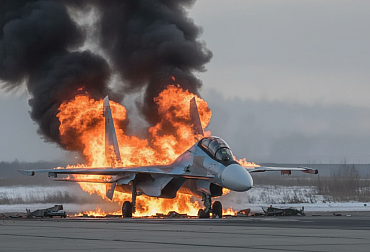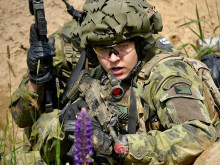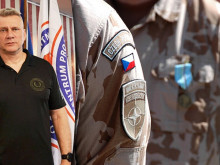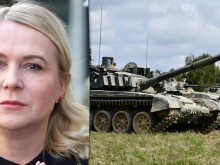Ivo Zelinka: The Long-term Deployment in Afghanistan was Absolutely Decisive for the Development of the ACR
Lt. Col. Ivo Zelinka, who is currently in charge of creating a new airborne regiment, knew already in his second year at the grammar school that he wanted to be a paratrooper. He studied military college, majoring in reconnaissance and military science in the United States. He received a Master's degree in military science after two semesters at the Marine Corps University. Ivo Zelinka was also deployed in the Balkans and Afghanistan, where he gained a lot of valuable experience. We asked the lieutenant colonel a few questions not only about the airborne regiment that is being created.
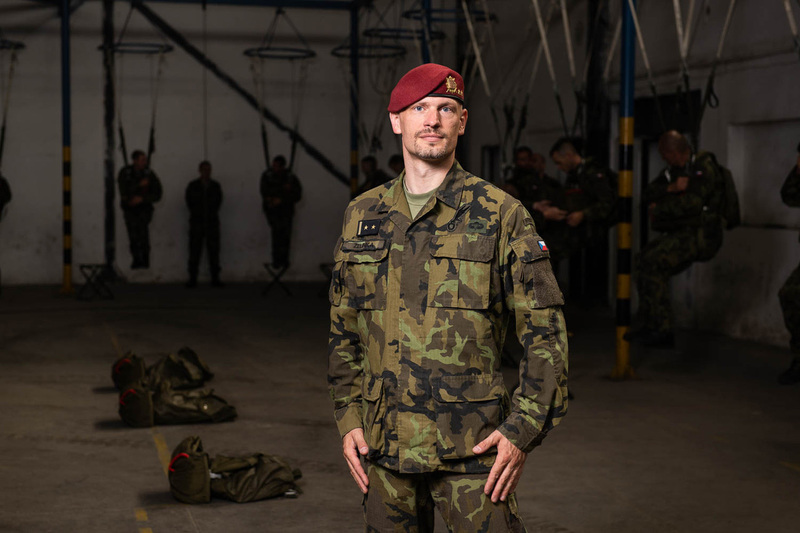
Picture: Lieutenant Colonel Ivo Zelinka | archive of Ivo Zelinka
1) Lieutenant Colonel, you have the difficult task of putting together a new regiment, building it from scratch. Is everything going according to plan so far, despite the unfavourable situation regarding the coronavirus?
Despite the really high operational pace of our paratroopers in favour of the republic in an emergency, I cannot say that it did in any way negatively affect the preparatory work for the establishment of the 43rd Airborne Regiment. This is also due to the fact that the overwhelming part of current tasks, especially cooperation with the Police of the Czech Republic in border control, deployment of our collection teams in smart quarantine and assistance of doctors and rescuers of our department for the benefit of the University Hospital Hradec Králové, all of this follows the current airborne battalion. The organizational core of the airborne regiment (which by its nature is intended primarily for conceptual activities in connection with the transition to the airborne regiment) therefore had the freedom to do what was needed.
Last week, the first wave of personnel interviews for the regiment was completed and the construction work (even at a glance from the road) in the barracks is running according to plan. We are not forgetting about training tasks either – last week, in cooperation with the 24th Air Transportation Base, we completed photo documentation of various configurations of C-295M CASA aircraft for parachute and operational transport tasks, with and without vehicles. All this will be the basis of a permanent operational procedure for possible operational deployment.
2) What is the task and purpose of the new regiment and in what numbers?
The 43rd Airborne Regiment was given 10 doctrinal tasks: airborne operations, rear area operations, delaying actions, search and destroy operations, Tactical Recovery of Aircraft and Personnel (TRAP), raid operations, operations using traps, operations to gain control, non-combatant evacuation operation (NEO) and stabilization operations. Some tasks are identical to the current tasks of the airborne battalion, some are new – for example the non-combatant evacuation operations or the Tactical Recovery of Aircraft and Personnel. The Czech Republic's commitment to NATO on the combat readiness of its "airborne battalion" capability (i.e. "Airborne Light Infantry Battalion, INF-L-ABN-BN") continues. However, due to the tightening standards, it is no longer possible to fulfil this commitment only in the current structure of the 43rd Airborne Regiment. Above all will be the ability to act as a national force of immediate response, and it can be simply said that this will be the main purpose of the regiment.
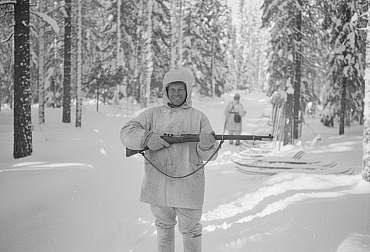
The National Security Audit of 2016 clearly stated, among other things, that the Army of the Czech Republic lacks the ability to react with adequate force in an extremely short time. The world has changed and the Army of the Czech Republic must change along with it. The airborne regiment is therefore not the only new capability of the ACR, but also part of the so-called "new capabilities of the ACR", which include the headquarters of Cybernetic and Information Warfare forces, the HNS battalion and the aforementioned airborne regiment. It is therefore only the most visible part of the triad of new ACR capabilities. In the case of the airborne regiment, there will be not only a quantitative change (it will consist of twice the number of paratroopers), but especially qualitative in comparison to the battalion. The airborne companies will be transformed into commandos with higher functional independence and there will be new units (centers) with capabilities that the current battalion has not yet organically had.
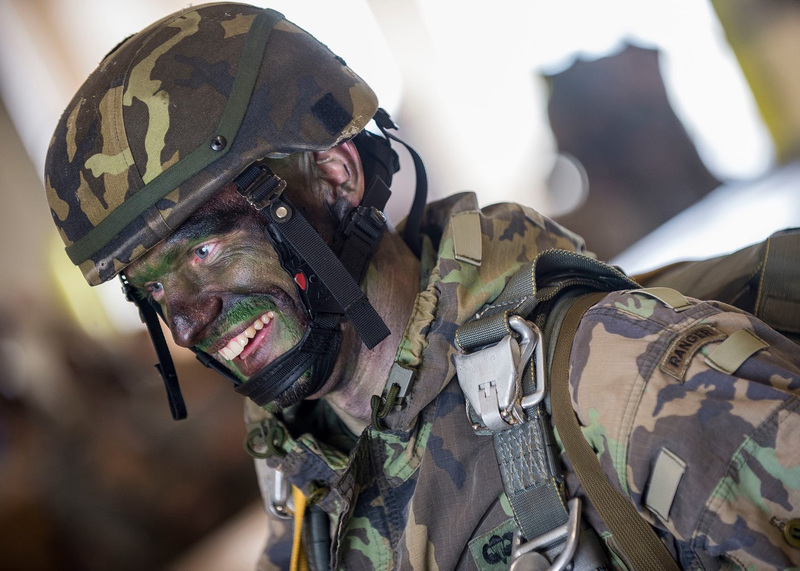
Picture: Airborne Operation SABRE JUNCTION (with the Americans), 2017 | archive of Ivo Zelinka
3) The current young generation is not physically in the best condition. So where to get capable soldiers without further compromises?
I have to disagree with this. The difference between the current generation and, say, young people 20 years ago is that the "middle of the table" has weakened. The phenomenon of boys coming from school, throwing their bags into the hallway and playing football with their friends in the backyard until the evening, is practically non-existent today. I think that today's generation has become more divided into those who do physically nothing at all and, on the contrary, those who consciously do sports, either in a club or conscientiously in their free time. And the army, and the paratroopers in particular, draws in especially the latter.
We have had the current form of selection procedure for more than 8 years and it cannot be said that the physical level of candidates has decreased. On the contrary actually – the success rate has been slightly increasing in the last 2 years. I see the main shift completely elsewhere - in the level of social skills and overall mental maturity, which I honestly think is lower in today's young generation. It takes longer for them to mature and that must be taken into account.
4) Regarding equipment. Is the army currently sufficiently equipped in your opinion and do you think that the Casa aircraft are a sufficient helper, considering that about 35 fully equipped paratroopers can fit in one machine? And what about ground machinery?
As far as ground machinery for paratroopers is concerned, we have LR-130 Arm4 Cayman vehicles in the category of light airborne vehicles, and these will be replaced by a more modern type in the medium term. Both in terms of ballistic protection and weapon equipment, or means of communication. In the category of ultralight airborne vehicles, i.e. weighing up to 1,000 kg, the current four-wheelers and six-wheelers of the 43rd Airborne Battalion will be gradually replaced by one successor type. And we must not forget the category of light airborne vehicles, which is a type not currently introduced in our country, but is developing massively in the armies of our alliance partners. Such a vehicle must be easily transported by a C-295M CASA aircraft and must be suitable for both passenger and material transport. It is typologically similar to the Polish airborne special Aero 4x4 or the American MRZR D4.
The situation is similarly complex in the area of aviation machinery. The current four C-295M aircraft will soon be joined by another pair of C-295MW aircraft, which will increase the capacity not only for paratroop units by 1/3. It should be borne in mind that the capacity of C-295 aircraft varies dramatically depending on the configuration and type of task (for example, tactical dropping of paratroops, tactical transport, operational transport, MEDEVAC…) and is higher than most people think. We have documented it and tested it in cooperation with the 24th Air Transportation Base, and it is part of our permanent operational procedures. However, we do not rely only on our own resources, and we are currently completing the last phase of certification of our OVP-12 SL1 parachutes for C-130 alliance aircraft.
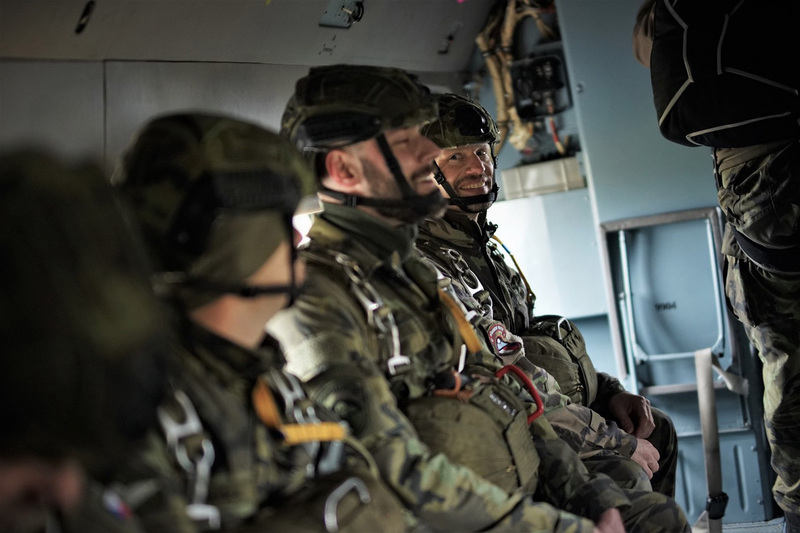
Picture: Parachute jump from the Mi-171, 2020 | archive of Ivo Zelinka
And since each airborne unit is, according to alliance standards, also an aeromobile unit, we must not forget to deploy helicopters. The main type will continue to be 15 medium Mi-171 helicopters, and in the foreseeable future 8 modern UH-1Y Venom helicopters will be added, while four AH-1Z Viper helicopters will be used (not only) for firing support of paratroop units. The situation regarding airborne machinery is therefore, in comparison with the size of the airborne troops, fully comparable with our partners.
5) The current situation does not favour military purchases and we assume that building a new regiment requires considerable financial costs. Do you think that you can achieve your goals in the set time according to the Concept of Construction of the ACR?
I am fully convinced of that. One of the advantages of airborne troops is that it is one of the cheapest types of troops ever - which is not very intuitive for most people. It stands and falls on human resources - on individual paratroopers. Compared to other types of troops, we do not need expensive combat equipment, but we need exceptionally motivated, carefully selected and well-trained soldiers and officers. As long as the capacities of our unit are filled at least at 90 %, I am not worried that we will not be able to achieve the set goals.
Our great advantage in the creation of the 43rd Airborne Regiment is that we do not start on a greenfield site, but we build the regiment on a unit that has been operating in the same place, with the same purpose, since 1987. The interest in serving with paratroopers is huge, and we will finally be able to give the opportunity to those who waited for their chance, but could not get in due to our filled capacities.
6) Do you think that paratroopers, resp. red berets, are the elite of the army, or do you make no distinction between paratroopers and other units of the army?
The current 43rd Airborne Battalion in Chrudim is undoubtedly an elite unit. "Elite" means "selective", and the candidate, regardless of whether a civilian or from another department, must go through a three-day selection procedure for the service with paratroopers, and the success rate has been around 50 % in the recent years.
The problem with the word "elite" is that it is often confused with the term "special" or "really well trained.” Every special unit is inherently elite, but not every elite unit is a special unit. And, of course, even a non-elite unit can be (and often is) "really well trained." It should also be noted that from a certain level of difference, it does not make sense to compare individual departments with each other. What's the point of comparing paratroopers and anti-aircraft gunners when the roles of the two would be completely different in combat? I like to say that the army is like an orchestra – every instrument is important, but the most important thing is their harmony.
7) You are a relatively young officer. What do you consider a breakthrough in your career? What moved you forward and when were you on the contrary disappointed with the army?
It is quite difficult to identify just one thing in my career so far that has been most important, but I don't think I would have served with paratroopers today if I hadn't taken the US Army Ranger School Special Forces course at the age of 22. Given that the Czech paratroopers were already transformed from a classic airborne unit into a task force/ranger unit at the very end of the 1990s, my choice fell on the airborne battalion even before finishing the officer candidate school. Until then, as a reconnaissance student, I had considered several options. In America, I did not only learn the tactics of light elite infantry, but I also proved to myself that I could function as a commander even in absolutely extreme conditions, which gave me confidence.
My second experience from America, a Master's degree at the University of the Marine Corps, taught me to think in a broader context and not to be intimidated by those who convince you that something has to be done just because "it's always been that way.” It is no coincidence that one of my optional subjects at the university was "Innovation in Military Organizations" and every time I encountered an obstacle in the transformation of the airborne battalion into a regiment, I congratulated myself on that choice.
8) How do you assess the current missions of the ACR? The Afghan mission is practically over, we are taking the reins in Mali, Iraq is, let's say, stagnating. What’s next?
I think that the long-term deployment in Afghanistan was absolutely decisive for the development of the Czech Army. The army returning from there is completely different from the one that left. It's better equipped, more confident, with more experienced soldiers and officers. I see it both on my paratroopers and on myself. I have been saying for a long time that the soldier is best prepared for the defence of the White Carpathians by deployment in Hindu Kush. It's a bit of an exaggeration, of course, but there is nothing better for preparation that a difficult operational deployment.
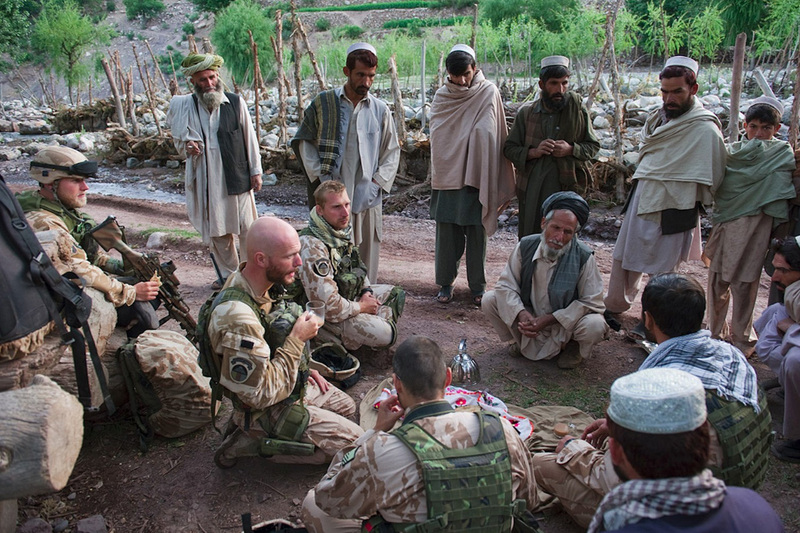
Picture: Aeromobile operations (meetings with local shury officials), Azra (Afghanistan), 2009 | archive of Ivo Zelinka
In my opinion, the future will bring less deployment in Afghanistan, and more in Africa. That is becoming an increasingly important region for NATO's European states in terms of security, and the Czech Republic will certainly not want to stay away. This territory has long been known for paratroopers - after all, the first rotation of the ACR in Mali was built by Chrudim paratroopers.
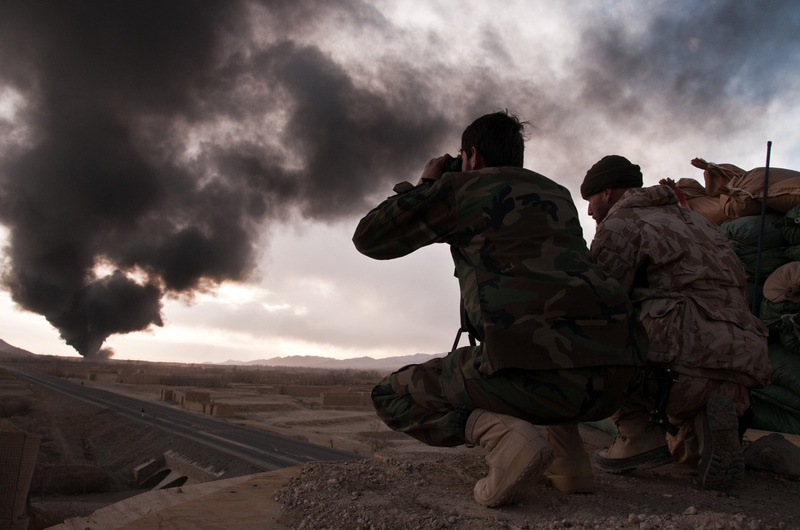
Picture: ANA Advisory Team (convoy attack), Wardak (Afghanistan), 2011 | archive of Ivo Zelinka
9) You are very active on social networks and in the media sphere. There are people who look at it with contempt. Is it possible to combine your work with the activity on social networks? Isn't it more of a task for press information officers?
Not only is that possible, but I think it should be. Of course, each commander determines the degree of his/her "exposure" in the media space himself, but he/she should be able to do so. This is probably stemming from my experience at the Marine Corps University. During the media training, they explained to us, among other things, that soldiers unable of communication through the media would not be promoted to the rank of colonel. According to them, the senior officer should, and I fully agree with this, be able to convince not only his subordinates but also the general public about the goals of his organization. The idea that the spokesperson will "arrange" this for the commander is completely false.
The information area is just another area of the commander's responsibility - similar to command and control, intelligence, or logistics. I dare say that most people who negatively assess our presence in the media domain do not understand at all what goals we want to achieve. This is not to say that there is no room for improvement, and we are currently working on improving in several areas, but the feedback from the target group is predominantly positive.
10) How is it possible to combine military and personal life?
It's not always easy, but it is possible. I don't want to talk like a book, but when I look at the paratroopers who are older than me and are happily married and even have grown children, they've probably found the recipe. For myself, I think it's about organizing time well and understanding each other's needs. And maybe a little bit of luck. But that is something a paratrooper needs anyway.

















